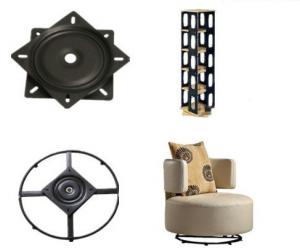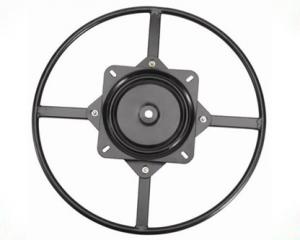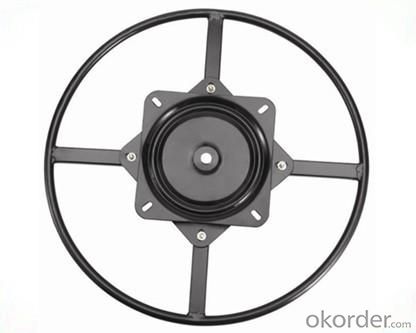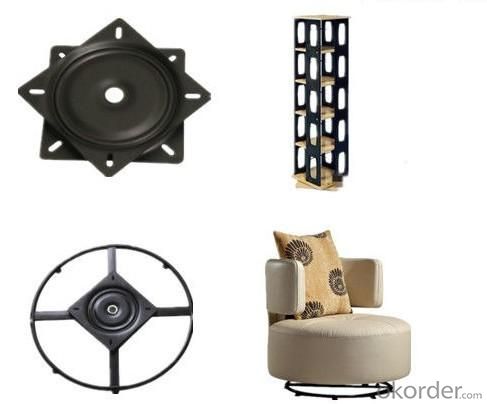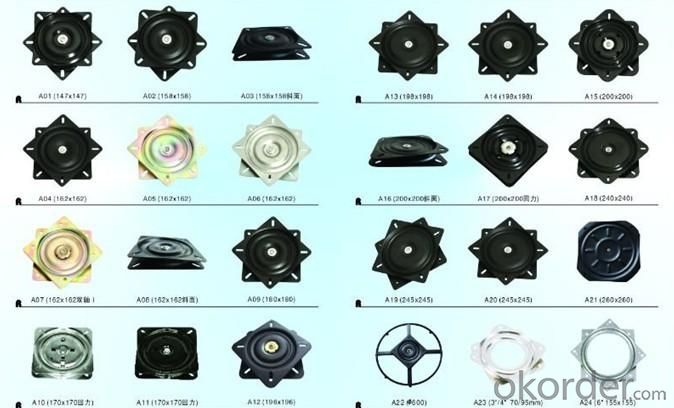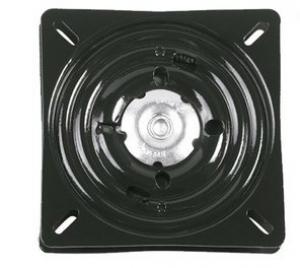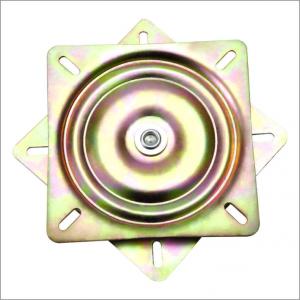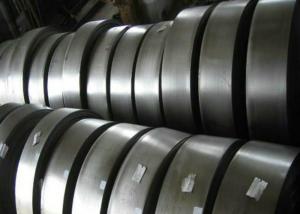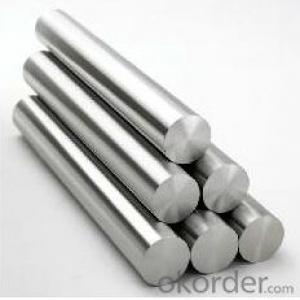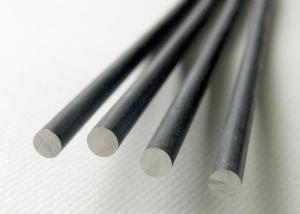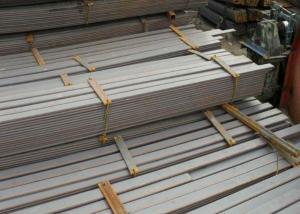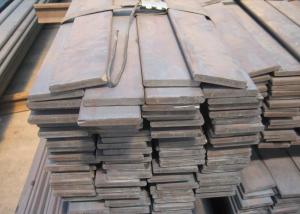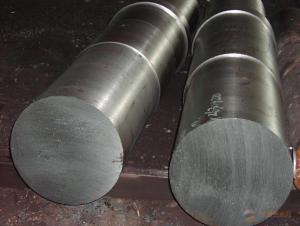Swivel Plate SV4701
- Loading Port:
- Guangzhou
- Payment Terms:
- TT or LC
- Min Order Qty:
- 200 pc
- Supply Capability:
- 40000 Pieces Per Month pc/month
OKorder Service Pledge
OKorder Financial Service
You Might Also Like
Quick Details of Swivel Plate SV4701:
Type: Chair Mechanism Place of Origin: Guangdong, China (Mainland) Packing: 6 pcs /arton material: A3 steel plate net weight: 6kg/ pcs
H S Code: 9403900090 size: diameter 610mm surface: black powder coated name: recline chair swivel base
Specifications of Swivel Plate SV4701:
1.Competetive price
2.Material:steel, long serivice life
3.10''swivel inside, Thickness 3.0mm heavy duty
recline chair swivel base
Function: this device is installed in recline chair for rotate
Material: Steel
Thickness: 3.0mm
Weight: 6kgs/ pc
Product Photos:
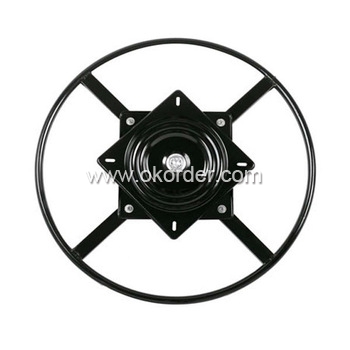
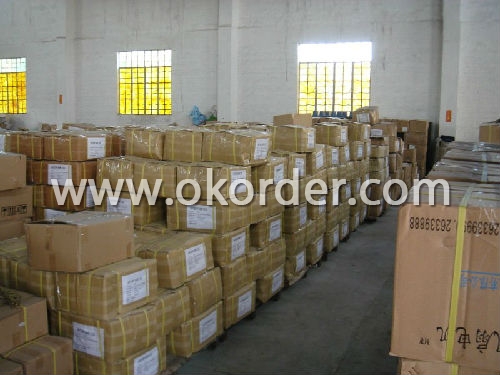
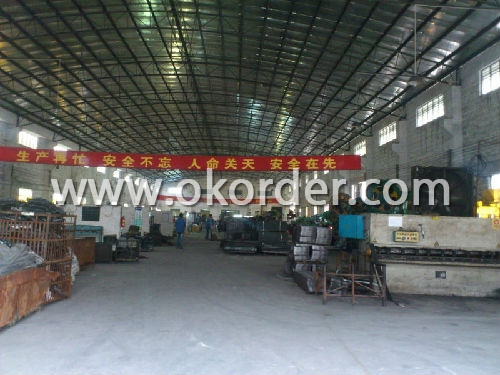
Packaging & Delivery:
Packaging Details: 6pcs /carton, size:62*62*27cm, GW:36.5kg
Delivery Detail: 12-15 days for quantity 600 pcs
- Q: What is the impact of titanium in special steel alloys?
- Titanium is a highly versatile and valuable element when it comes to special steel alloys. Its addition to steel alloys has a significant impact on their properties and performance. One of the major impacts of titanium in special steel alloys is improved strength and durability. Titanium has a high strength-to-weight ratio, which means that even a small amount of titanium can greatly enhance the strength of the steel alloy. This is particularly beneficial in applications where high strength and resistance to deformation or fatigue are required, such as in aerospace or automotive industries. Moreover, titanium also contributes to the corrosion resistance of steel alloys. It forms a protective oxide layer on the surface of the steel, preventing or reducing the effects of corrosion caused by exposure to various environmental factors such as moisture, chemicals, or saltwater. This corrosion resistance is especially crucial in industries where steel is exposed to harsh conditions, such as marine or offshore applications. Another significant impact of titanium in special steel alloys is its ability to improve heat resistance. Titanium has a high melting point and excellent thermal stability, making steel alloys with titanium suitable for high-temperature applications. This is particularly important in industries like power generation, where steel components must withstand extreme temperatures without losing their structural integrity. Furthermore, titanium imparts excellent weldability to steel alloys. It acts as a deoxidizer, reducing the presence of impurities and improving the quality of welds. This is highly advantageous in manufacturing processes where welding is involved, as it ensures strong and reliable joints. In summary, the impact of titanium in special steel alloys is multifaceted and highly beneficial. It enhances the strength, durability, and corrosion resistance of steel, while also improving its heat resistance and weldability. These properties make titanium an invaluable element in the development of high-performance steel alloys for a wide range of industries.
- Q: How does special steel contribute to the durability of products?
- Special steel contributes to the durability of products in several ways. Firstly, special steel is known for its high strength and hardness, making it resistant to wear and tear. This ensures that products made from special steel can withstand heavy use and last longer than those made from regular steel or other materials. Additionally, special steel is often alloyed with other elements such as chromium, nickel, and molybdenum, which enhances its corrosion resistance. This is particularly important for products that are exposed to harsh environments or chemicals. The corrosion resistance of special steel helps prevent rust and degradation, increasing the lifespan of the product. Furthermore, special steel can be heat-treated to improve its mechanical properties, such as toughness and hardness. Heat-treated special steel undergoes specific heating and cooling processes to enhance its strength, making it less prone to deformation and breakage. This is particularly beneficial for products that are subject to heavy loads or impacts. Moreover, special steel is often manufactured with precise composition and microstructure, which results in improved material properties. This includes better fatigue resistance, meaning the material can withstand repeated stress without cracking or breaking. Products made from special steel are therefore more reliable and less prone to failure. In summary, special steel contributes to the durability of products through its high strength, corrosion resistance, improved mechanical properties, and better fatigue resistance. By utilizing special steel in the manufacturing process, products can be designed to withstand various demanding conditions, ensuring a longer lifespan and greater reliability.
- Q: Can special steel be used in the appliance manufacturing industry?
- Yes, special steel can be used in the appliance manufacturing industry. Special steels, such as stainless steel or high-strength steel, offer various advantages such as corrosion resistance, durability, and enhanced mechanical properties. These qualities make them suitable for manufacturing appliances that require high performance, such as refrigerators, ovens, or washing machines. Additionally, special steels can be customized to meet specific design requirements and can contribute to the overall aesthetic appeal of the appliances.
- Q: How does special steel contribute to the toughness of products?
- Special steel contributes to the toughness of products through its superior strength, durability, and resistance to wear and corrosion. This high-quality steel is specifically engineered to possess exceptional mechanical properties and enhanced toughness, making it ideal for demanding applications. Its ability to withstand extreme conditions, impacts, and heavy loads ensures that products made from special steel are long-lasting, reliable, and capable of enduring harsh environments.
- Q: What are the common challenges in machining special steel?
- Machining special steel can present several common challenges that need to be effectively addressed in order to achieve desired results. One of the primary challenges in machining special steel is its high hardness and toughness. Special steels are often alloyed with various elements to enhance their properties, making them harder and more resistant to wear and corrosion. This hardness can cause increased tool wear and reduced tool life, requiring the use of specialized cutting tools and techniques. Another challenge in machining special steel is its low thermal conductivity. Special steels are known to have poor heat dissipation properties, leading to the accumulation of heat during the machining process. This heat buildup can cause thermal deformation, leading to dimensional inaccuracies and poor surface finish. Proper cooling and lubrication techniques, as well as appropriate cutting speeds and feeds, are crucial to overcome this challenge and prevent thermal damage. Additionally, special steels often have complex microstructures due to their alloying elements, which can result in uneven material removal and surface finish. These microstructural variations can make the machining process more unpredictable and challenging. Careful selection of cutting parameters, tooling, and machining strategies is necessary to ensure consistent and accurate results. Furthermore, some special steels may exhibit work hardening tendencies during machining. This means that as the material is being cut, it becomes harder and more resistant to further cutting. This work hardening can lead to increased cutting forces, tool wear, and poor surface finish. Utilizing appropriate cutting speeds, feeds, and tool geometries can help mitigate this challenge and prevent work hardening. Finally, special steels often come with higher manufacturing costs due to the complexity of their composition and the need for specialized tooling and equipment. The selection of suitable cutting tools, fixtures, and machining processes may require additional investment and expertise. Therefore, understanding the specific characteristics and challenges of machining special steel is crucial to ensure efficient and cost-effective production.
- Q: What are the different types of nitriding steel?
- There are mainly two types of nitriding steel: gas nitriding steel and plasma nitriding steel.
- Q: What are the challenges in heat treatment of special steel alloys?
- The heat treatment of special steel alloys presents various difficulties due to their unique composition and properties. One of the primary obstacles is attaining the desired microstructure and mechanical properties while maintaining dimensional stability. Special steel alloys often contain intricate alloying elements and necessitate specific heat treatment processes to achieve the desired properties. Another hurdle involves controlling the rates of heating and cooling throughout the heat treatment procedure. Special steel alloys are often sensitive to rapid or uneven temperature changes, which can lead to distortion, cracking, or the formation of undesirable phases. Hence, ensuring precise control of the heating and cooling rates is crucial to avoid these issues and ensure uniformity in the final product. Furthermore, the presence of alloying elements in special steel alloys can increase their hardenability, making it challenging to achieve the desired hardness consistently across the entire component. Adequate attention must be given to selecting appropriate heat treatment parameters, including temperatures, soaking times, and quenching media, in order to achieve the desired hardness and prevent excessive hardness gradients. Additionally, special steel alloys are prone to oxidation and decarburization during heat treatment due to their high alloy content and exposure to elevated temperatures. These reactions can result in surface defects and a decrease in carbon content, thereby impacting the final properties of the alloy. Consequently, careful control of protective atmospheres or heat treatment environments is necessary to prevent such issues. Moreover, the size and shape of components made from special steel alloys can pose challenges during heat treatment. Large or intricately shaped components require careful consideration of heating and cooling methods to ensure uniformity in microstructure and properties throughout the entire component. This may involve the use of specialized furnaces, fixtures, or heat treatment cycles to overcome these challenges. In conclusion, the challenges involved in heat treating special steel alloys encompass achieving the desired microstructure and mechanical properties, controlling heating and cooling rates, managing hardenability, preventing oxidation and decarburization, and addressing the size and shape of components. Overcoming these challenges demands a comprehensive understanding of the alloy's composition, properties, and the application of appropriate heat treatment techniques.
- Q: How does special steel perform in electrical applications?
- Special steel, also known as electrical steel, is specifically designed and manufactured to meet the unique requirements of electrical applications. It exhibits excellent magnetic properties, making it highly suitable for use in electrical machines and devices. One of the key characteristics of special steel is its low electrical resistivity, which allows for efficient current flow and minimizes energy losses in electrical circuits. This low resistivity is achieved by carefully controlling the composition and microstructure of the steel. Additionally, special steel possesses a high magnetic permeability, which means it can easily be magnetized and demagnetized. This property is essential for the efficient operation of electrical machines, such as transformers, motors, and generators. Furthermore, special steel has a low coercivity, which means it requires relatively low levels of magnetic field strength to magnetize or demagnetize it. This property is beneficial in applications where rapid and precise magnetic switching is required, such as in electric transformers. Special steel also exhibits low hysteresis loss, which refers to the energy dissipated as heat during magnetization and demagnetization cycles. This characteristic ensures minimal energy losses in electrical devices, leading to improved overall efficiency. In summary, special steel performs exceptionally well in electrical applications due to its low electrical resistivity, high magnetic permeability, low coercivity, and low hysteresis loss. These properties make it an ideal choice for a wide range of electrical machines and devices, contributing to their efficiency and reliability.
- Q: How does hot rolling affect the microstructure of special steel?
- Hot rolling affects the microstructure of special steel by causing recrystallization and grain growth. The high temperature during the rolling process allows the steel to undergo plastic deformation, leading to the formation of new grains with a finer size. This results in improved mechanical properties such as increased hardness and strength. Additionally, hot rolling can also help in eliminating any residual stresses and improving the overall homogeneity of the steel's microstructure.
- Q: What are the different surface coating techniques for special steel?
- There are several surface coating techniques available for special steel, including electroplating, thermal spraying, chemical vapor deposition (CVD), physical vapor deposition (PVD), and powder coating. These techniques are used to enhance the steel's corrosion resistance, improve its wear resistance, provide decorative finishes, or increase its hardness. Each technique has its own advantages and is suitable for specific applications, depending on the desired properties and requirements of the special steel.
1. Manufacturer Overview
| Location | Guangdong, China |
| Year Established | 1996 |
| Annual Output Value | US$ 5 to US$ 10 Million |
| Main Markets | 40.00% Domestic Market 10.00% Eastern Asia 10.00% Eastern Europe 8.00% Southeast Asia 8.00% South America 5.00% South Asia 5.00% Southern Europe 5.00% North America |
| Company Certifications | Test report for 3 section slide |
2. Manufacturer Certificates
| a) Certification Name | |
| Range | |
| Reference | |
| Validity Period |
3. Manufacturer Capability
| a) Trade Capacity | |
| Nearest Port | Shunde, Huangpu, Shenzhen |
| Export Percentage | 61% - 70% |
| No.of Employees in Trade Department | 3-5 People |
| Language Spoken: | English, Chinese, Spanish, Japanese |
| b) Factory Information | |
| Factory Size: | 1,000-3,000 square meters |
| No. of Production Lines | 3 |
| Contract Manufacturing | OEM Service Offered Design Service Offered Buyer Label Offered |
| Product Price Range | Average |
Send your message to us
Swivel Plate SV4701
- Loading Port:
- Guangzhou
- Payment Terms:
- TT or LC
- Min Order Qty:
- 200 pc
- Supply Capability:
- 40000 Pieces Per Month pc/month
OKorder Service Pledge
OKorder Financial Service
Similar products
Hot products
Hot Searches
Related keywords
